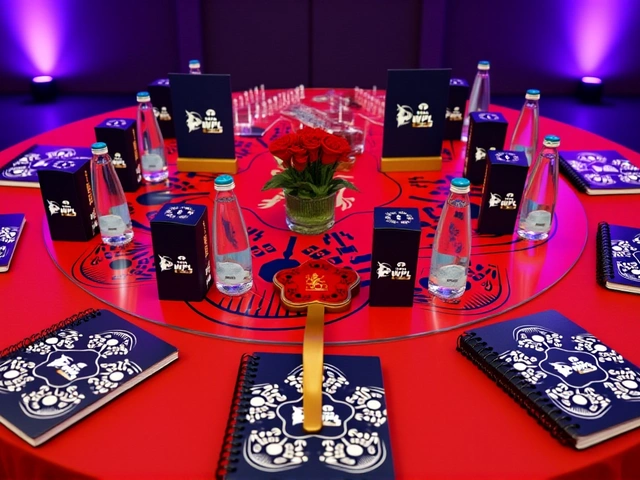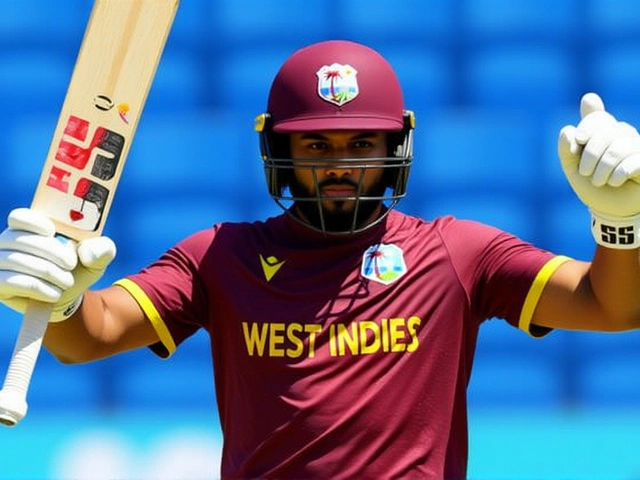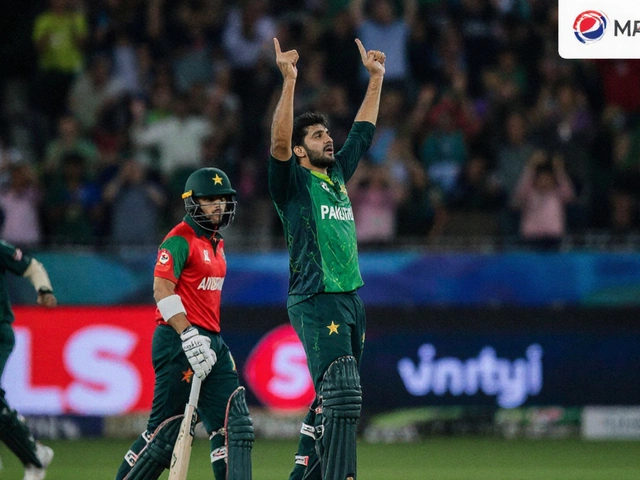The Women’s Premier League (WPL) 2026 mega auction ended in a frenzy of bids, record prices, and emotional comebacks on Thursday, November 27, 2025, in New Delhi. At the heart of it all: Deepti Sharma, India’s World Cup-winning all-rounder, who became the most expensive player in WPL history after UP Warriorz used their Right to Match (RTM) card to secure her for ₹3.2 crore. That’s not just a price tag—it’s a statement. After leading India to its first-ever ODI World Cup title earlier in November 2025, Deepti didn’t just earn a contract. She earned a crown.
Why This Auction Was Different
This wasn’t just another player draft. It was the first mega auction since India’s historic World Cup win, and the league responded like a tide lifting every boat. With 277 players on the block—194 Indian, 83 overseas—and only 73 slots to fill, the pressure was on. Franchises had to balance star power with squad depth. The WPL introduced a game-changing rule: teams could use up to five RTM cards to reclaim players from their 2025 squads. That meant franchises that retained fewer players got bigger purses and more leverage. UP Warriorz, holding the largest purse at ₹14.5 crore, played it like chess masters. They didn’t just buy stars—they reassembled their 2025 core.
The Big Bids and the Big Surprises
Deepti’s ₹3.2 crore wasn’t the only jaw-dropper. Amelia Kerr, New Zealand’s all-rounder and one of the world’s most lethal spin-bowling all-rounders, went to Mumbai Indians for ₹3 crore—making her the second-most expensive player in the auction. The bidding war for her lasted nearly seven minutes. You could hear the silence in the auction hall before the gavel dropped.
Then came Shikha Pandey, the veteran fast bowler who’d been a backbone for Delhi Capitals since WPL’s debut. She was snatched up by UP Warriorz for ₹2.4 crore after a tense duel with Royal Challengers Bengaluru. The price crossed ₹2 crore before UP finally blinked last. That’s more than double what she earned last season.
But the real story? The underdogs who punched above their weight. Delhi Capitals, with the smallest purse at just ₹5.7 crore, didn’t panic. They picked smart. They got Chinelle Henry, Jamaica’s explosive all-rounder, for ₹1.3 crore. They got N. Charani—the left-arm spinner who turned from a quiet net bowler into a national hero after the World Cup—for another ₹1.3 crore. And they landed South Africa’s elegant opener Laura Wolvaardt for ₹1.1 crore. All three had base prices of ₹30 lakh. That’s a 333% return on investment in three moves.
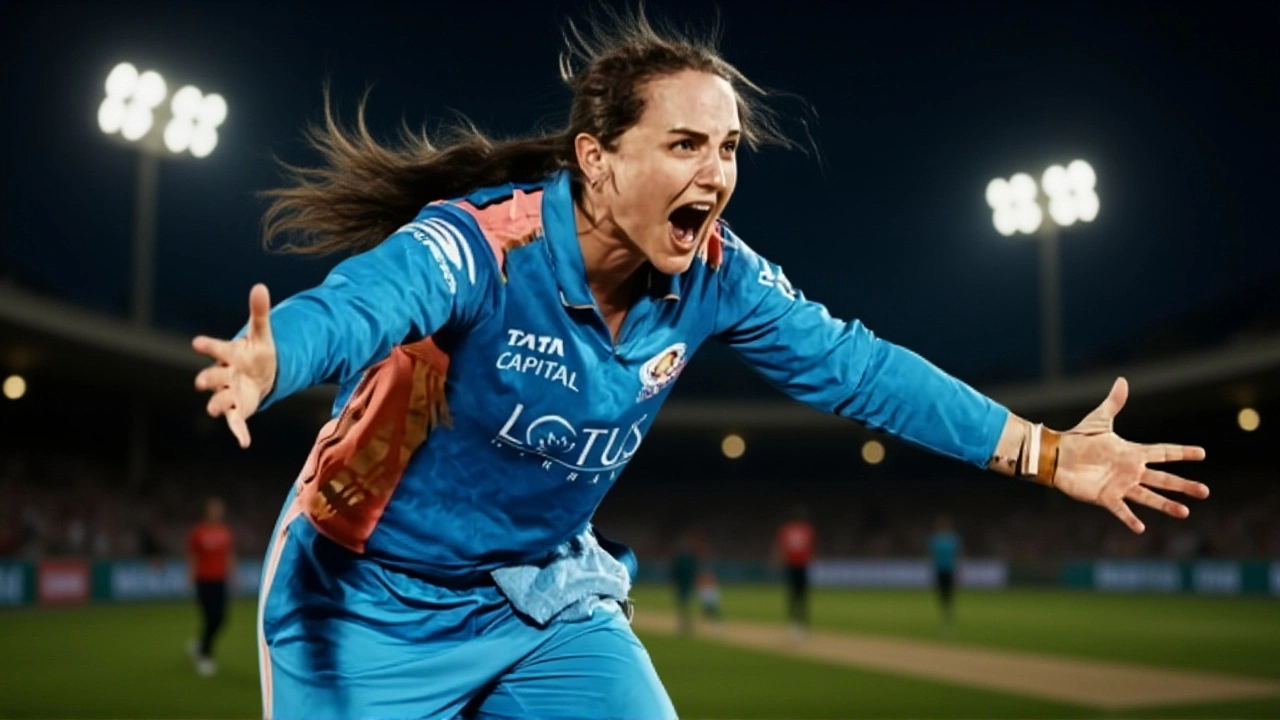
The Financial Landscape: Who Won the War of Purse?
The purse sizes told a tale of strategy. UP Warriorz had ₹14.5 crore to spend—nearly triple Delhi’s ₹5.7 crore. That’s because they retained only two players from last year’s squad, earning them five RTM cards and a massive cash injection. Delhi Capitals, by contrast, retained five, so they got fewer RTMs and less money. They had to be surgical. And they were. By auction’s end, they still had ₹50 lakh left. That’s not waste—that’s ammunition for next year’s trade window.
Royal Challengers Bengaluru finished with ₹65 lakh unspent. Mumbai Indians and Gujarat Giants both had mid-range budgets and used them wisely, snapping up key overseas players like Australia’s Lucy Hamilton (sold to Delhi for ₹10 lakh) and England’s Sophie Ecclestone (who, despite being world No. 1, went unsold—possibly due to scheduling conflicts).
What This Means for Women’s Cricket in India
This auction didn’t just move money—it moved culture. For the first time, a woman’s performance in a global tournament directly translated into a ₹3 crore contract. Deepti Sharma didn’t just earn a salary. She earned legitimacy. Her price tag mirrors the national team’s triumph: 10 years of being underestimated, and now, suddenly, the market says, ‘We see you.’
The WPL’s total spending—₹40.8 crore across 67 players—nearly doubled the 2025 auction’s total. And the marquee list? Eight global superstars. The league isn’t just growing. It’s maturing. With matches scheduled from January 6 to February 5, 2026, across Navi Mumbai and Vadodara, the stage is set for the biggest season yet.
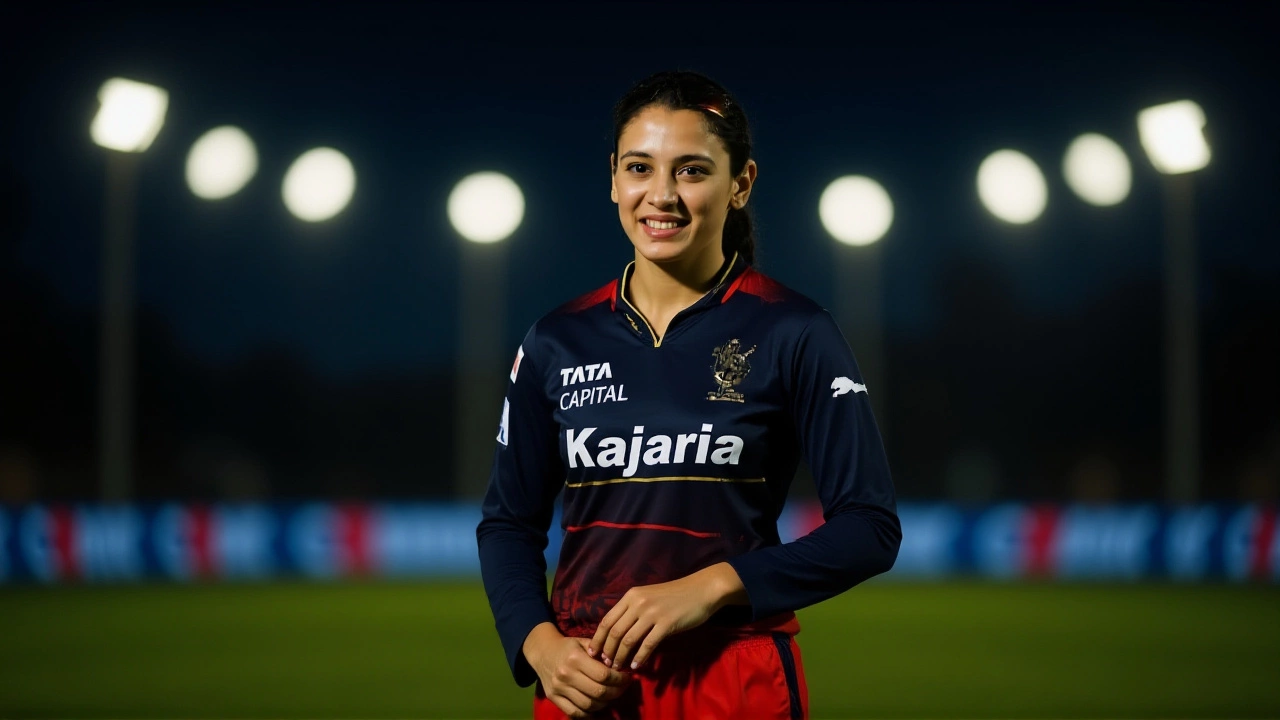
What’s Next?
Teams now have until December 15 to finalize their 18-man squads. Injury replacements and last-minute trades are expected. But the real test comes in January. Can UP Warriorz turn their massive investment into a title? Can Delhi Capitals make their bargain buys click? And will the fans show up? Ticket sales for the opening weekend are already surging—over 80% sold in Navi Mumbai alone.
One thing’s clear: women’s cricket in India isn’t waiting for permission anymore. It’s already here.
Frequently Asked Questions
How did Deepti Sharma become the most expensive player in WPL history?
Deepti Sharma was re-acquired by UP Warriorz using their Right to Match card after she led India to its first ODI World Cup title in November 2025, earning Player of the Tournament honors. Her performance, combined with UP Warriorz’s ₹14.5 crore purse and five RTM cards, allowed them to outbid rivals and pay ₹3.2 crore—making her the highest-paid Indian player in WPL history, just ₹20 lakh behind Smriti Mandhana’s 2025 record.
Why did Delhi Capitals spend so little but still get top players?
Delhi Capitals retained five players from 2025, which limited their purse to ₹5.7 crore but also gave them access to undervalued talent. They targeted players with low base prices—Chinelle Henry, N. Charani, and Laura Wolvaardt—all at ₹30 lakh—and outmaneuvered bigger-spending teams by bidding strategically. They ended with ₹50 lakh left, showing disciplined, long-term planning over short-term splurging.
What’s the significance of the Right to Match (RTM) rule in this auction?
The RTM rule allowed teams to reclaim players from their 2025 squads by matching the highest bid. Franchises that retained fewer players received more RTMs and larger purses. UP Warriorz used five RTMs to bring back Deepti Sharma and Shikha Pandey, effectively rebuilding their core without spending from their cash reserve. It turned retention strategy into a competitive advantage.
Why didn’t Sophie Ecclestone get sold despite being world No. 1?
Despite being England’s top spinner and a marquee name, Sophie Ecclestone didn’t find a buyer, likely due to scheduling conflicts with England’s international commitments in early 2026. Her base price was ₹1.5 crore, but no team was willing to risk a player who might not be available for key matches. Her absence highlights how global calendars still clash with franchise leagues.
How does this auction compare to previous WPL seasons?
WPL 2026 saw nearly double the spending of 2025, with ₹40.8 crore spent compared to ₹21.3 crore last year. The number of overseas players bought increased from 14 to 23, and Indian players’ average price jumped from ₹80 lakh to ₹1.1 crore. The World Cup win clearly catalyzed investor confidence, turning WPL from a novelty into a serious professional league.
Where will the WPL 2026 matches be played, and what’s the schedule?
The WPL 2026 season runs from January 6 to February 5, 2026, with matches held exclusively at the DY Patil Stadium in Navi Mumbai and the Sardar Patel Stadium in Vadodara. The format includes a double round-robin followed by playoffs, with the final scheduled for February 5. Ticket sales are already strong, with Navi Mumbai’s opening match nearly sold out.


